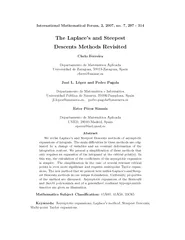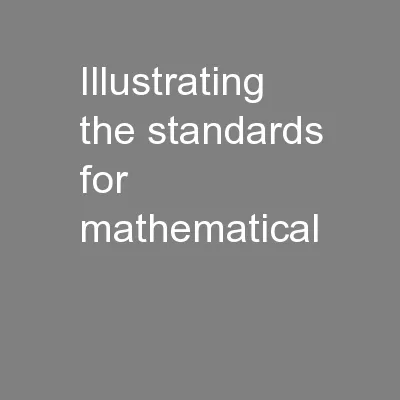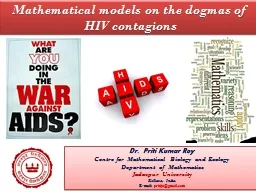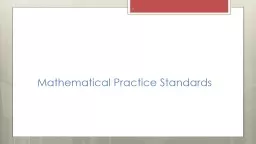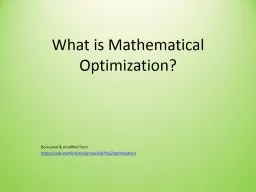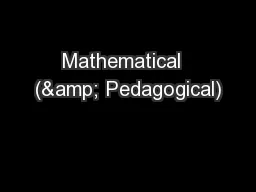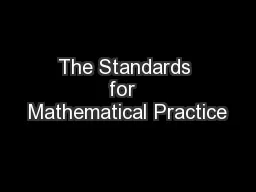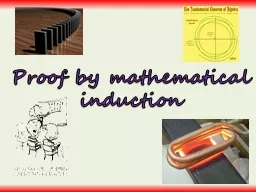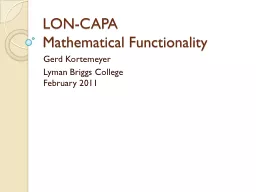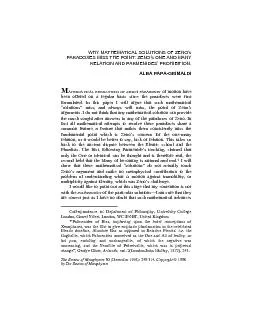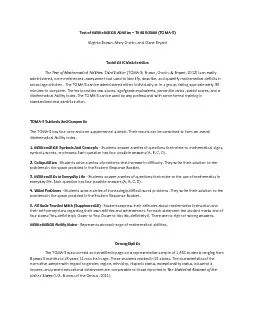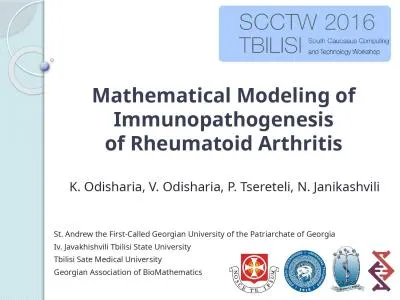PDF-International Mathematical Forum no
Author : calandra-battersby | Published Date : 2015-05-28
7 297 314 The Laplaces and Steepest Descents Methods Revisited Chelo Ferreira Departamento de Matem atica Aplicada Universidad de Zaragoza 50013Zaragoza Spain cferreiunizares
Presentation Embed Code
Download Presentation
Download Presentation The PPT/PDF document "International Mathematical Forum no" is the property of its rightful owner. Permission is granted to download and print the materials on this website for personal, non-commercial use only, and to display it on your personal computer provided you do not modify the materials and that you retain all copyright notices contained in the materials. By downloading content from our website, you accept the terms of this agreement.
International Mathematical Forum no: Transcript
Download Rules Of Document
"International Mathematical Forum no"The content belongs to its owner. You may download and print it for personal use, without modification, and keep all copyright notices. By downloading, you agree to these terms.
Related Documents

